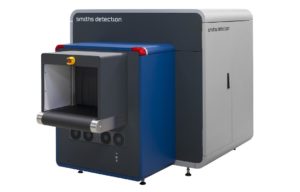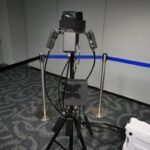
The Transportation Security Administration has deployed 300 next-generation baggage scanners at 142 U.S. airport checkpoints and plans to acquire another 242 of the systems in the current fiscal year, which would get the agency to about 25 percent of its deployment goal for the computed tomography (CT) scanners, says the acting head of TSA. Completing deployment of the first batch of the checkpoint CT systems marks an important milestone by TSA toward its goal of installing more than 2,000 of…

 By
By 











